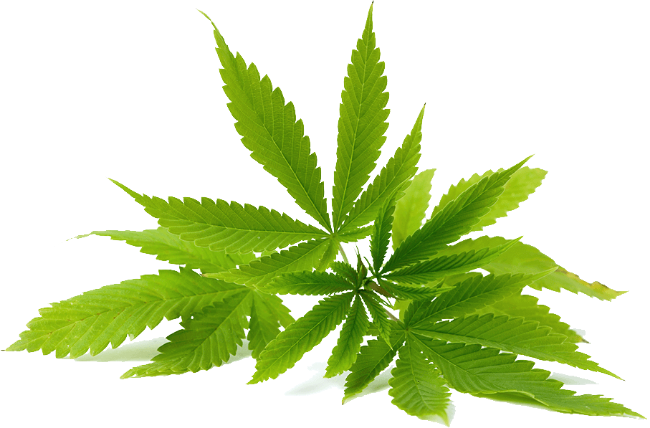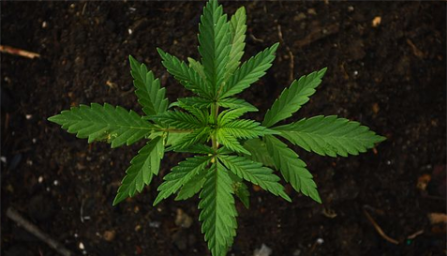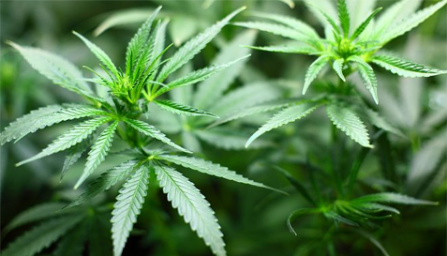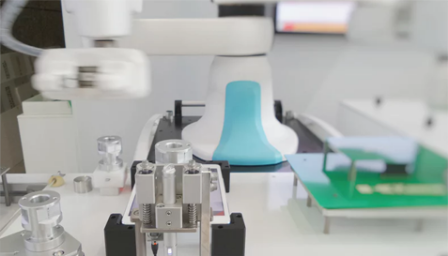Basics Of Hemp (Overview)
Hemp, or industrial hemp (from Old English hænep), typically found in the northern hemisphere, is a variety of the Cannabis sativa plant species that is grown specifically for the industrial uses of its derived products. It is one of the fastest growing plants and was one of the first plants to be spun into usable fiber 10,000 years ago. It can be refined into a variety of commercial items including paper, textiles, clothing, biodegradable plastics, paint, insulation, biofuel, food, and animal feed.
Although cannabis as a drug and industrial hemp both derive from the species Cannabis sativa and contain the psychoactive component tetrahydrocannabinol (THC), they are distinct strains with unique phytochemical compositions and uses. Hemp has lower concentrations of THC and higher concentrations of cannabidiol (CBD), which decreases or eliminates its psychoactive effects. The legality of industrial hemp varies widely between countries. Some governments regulate the concentration of THC and permit only hemp that is bred with an especially low THC content.

CONTENT

Legislation
Here are some examples of laws and legislation governing hemp and the consequent issues.

Soil
It takes proper soil requirements, preparation, and rejuvenation to produce maximum yield.

Varieties
Centuries of farming has produced cultivars which fit perfectly to grow in specific regions.

Growing
Hemps requirements for soil, water, and temperature must be met for maximum growth.

Processing
Common methods can be found when harvesting and processing of certain hemp materials.

Manufacturing
Hemp products have been manufactured for centuries such as fibre and hurds, others are born out of new innovation.
